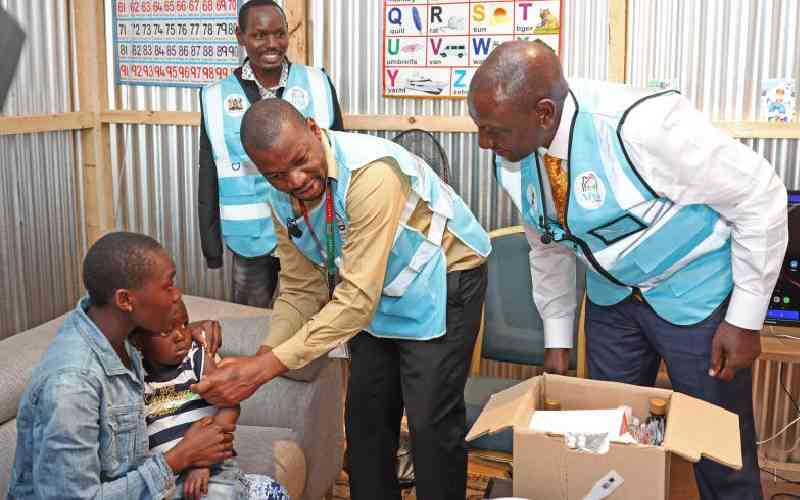
In a move to address longstanding issues of negligence, misdiagnosis, corruption, industrial strikes, and quackery, which have made it hard for Kenyans to access good healthcare services, the government has introduced the Building Resilient and Responsive Health Systems Project (BREHS).
The World Bank-funded and supervised initiative, tagged with tough terms, intends to reform the health sector, mainstream vulnerable and marginalized groups, promote transparency and accountability, and ensure stakeholder engagement to stop industrial strikes, corruption, and negligence, which have denied many people access to good treatment and/or led to deaths across the country.